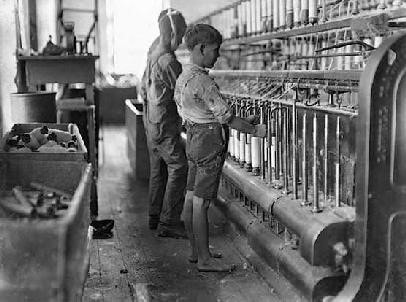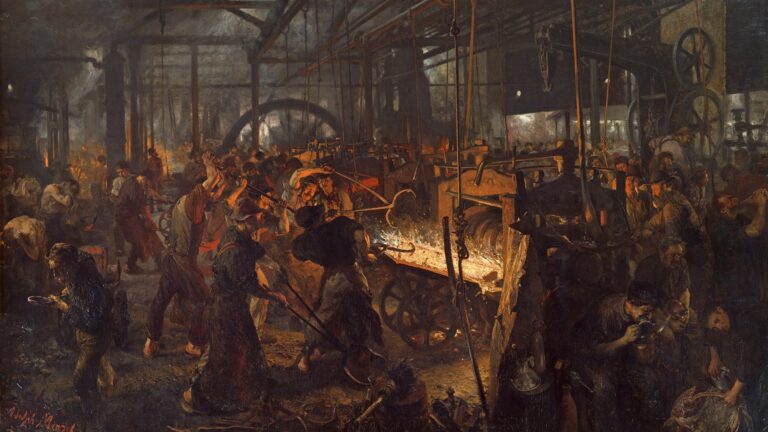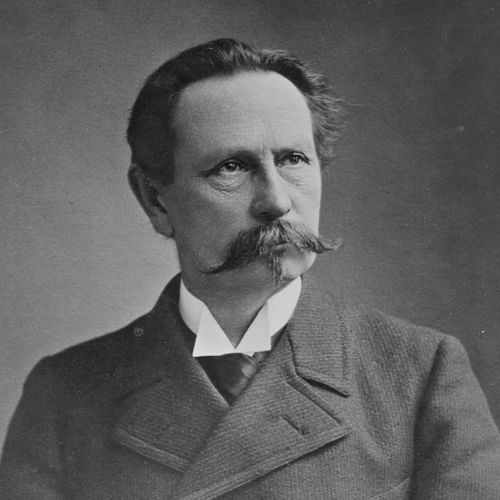The Industrial Revolution

Timeline

1760s-1780s
The First Industrial Revolution begins in Britain with the mechanization of the textile industry.
1820s-1830s
The Second Industrial Revolution begins, characterized by innovations in iron and steel production.
Late 19th century
The Third Industrial Revolution begins with the widespread use of electricity and the development of the automobile.
Examples of the Industrial Revolution

Mechanized Spinning
The First Industrial Revolution started with the mechanized spinning process, capable of producing cotton yarn consistently and at a faster rate than manual methods, which revolutionized the textile industry.

Railroads
The Second Industrial Revolution started with the transcontinental railroad being built in the United States. As time went on, technology was invented and increasingly used to build transportation, city buildings, and communications systems become increasingly available.

Cars
At first, the substance that played its role as the fuel of the car used in cars a long time ago is steam. Cars had large pots from the outside of the car and made it react with oxygen and burn to make the car move.
Child Labor

Children aged six to sixteen who had worked on farms, in their homes, or in domestic workshops began to work away from home in textile mills and mines in the late 18th century.
They suffered from:
Crowded and unclean work places
Long working hours
Increased levels of infectious diseases
Lack of safety regulations
Dangerous Workplaces
Without much in the way of safety regulation, factories of the Industrial Revolution could be horrifyingly hazardous. As Peter Capuano details in his 2015 book Changing Hands: Industry, Evolution and the Reconfiguration of the Victorian Body, workers faced the constant risk of losing a hand in the machinery. A contemporary newspaper account described the grisly injuries suffered in 1830 by millworker Daniel Buckley, whose left hand was “caught and lacerated, and his fingers crushed” before his coworkers could stop the equipment. He eventually died as a result of the trauma.

Terms to Remember
Mechanization- Machines replaced people
Urbanization-
More people lived in cities
Middle Class- New social and economic changes
Industrialization - Shift from agriculture to production of goods
Spinning Jenny- Mechanization of textile production
Mass Production- Producing large amounts of goods
Learn More!
Names & Dates to Remember!

James Watt
Improved Steam Engine
1781

Eli Whitney
Cotton Gin
1793

Richard Trevithick
Steam Locomotive
1804

Samuel Morse
The Telegraph
1844

Alexander Graham Bell
The Telephone
1876

Karl Benz
Gasoline Powered Car
1886
Trivia Time

